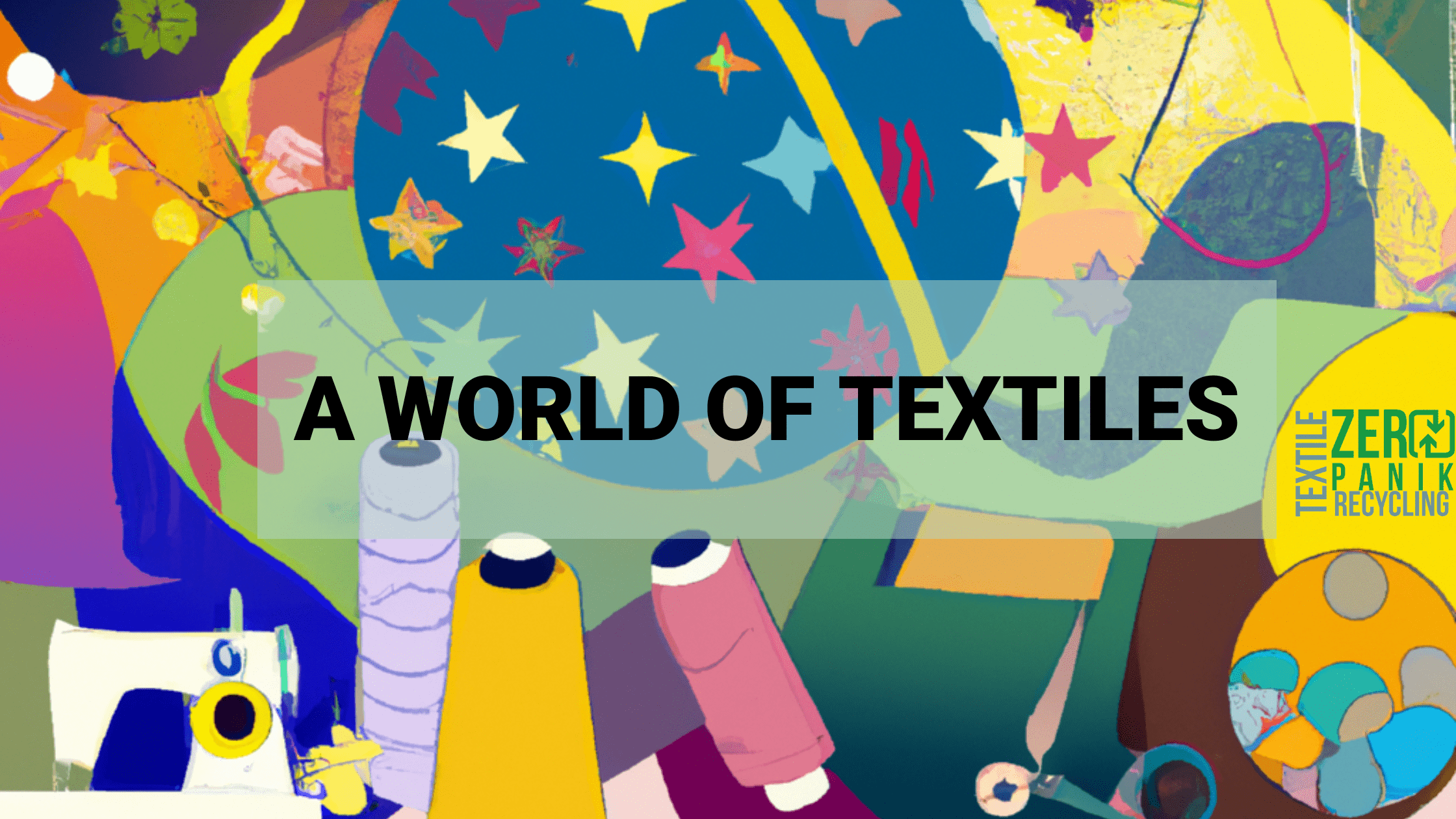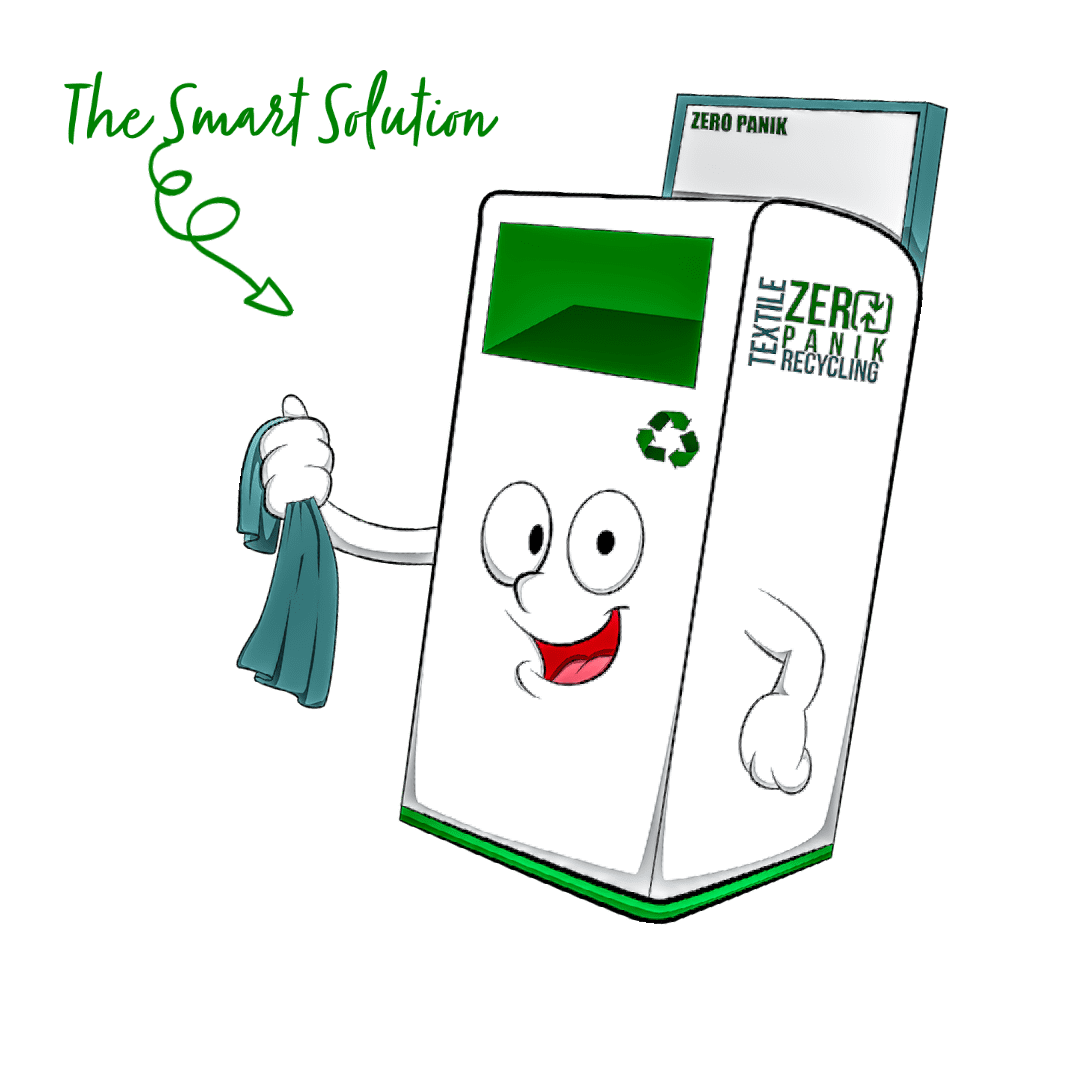
Textiles are an important part of our world and of American history
There was a time not so long ago when textile manufacturing was one of the most important industries in the United States. Today, however, the domestic industry is a shadow of its former self, having been eclipsed by cheaper foreign competition.
Despite this decline, textiles are still an important part of our world, both in terms of the products they create and the history they represent.
One of the first things that come to mind when we think of textiles is clothing. Of course, clothes are not the only things made from fabric, but they are perhaps the most ubiquitous. We all wear them, every day, and they are a necessary part of our lives.
But clothing is not just functional; it is also a form of self-expression. The clothes we wear send a message about who we are and what we stand for. They can be a reflection of our personal style or a statement about our beliefs.
For many people, clothes are also a form of art. There are designers who create unique and beautiful garments that are meant to be admired and worn as a form of self-expression.
In addition to clothing, textiles are also used to make a wide variety of other products, including:
-Towels
-Sheets
-Blankets
-Curtains
-Rugs
These items are all essential to our daily lives, and they would be very different without the contributions of the textile industry.
As important as textiles are to our present, they also have a fascinating history. The use of textiles dates back thousands of years.
The World of Textiles: An Introduction
Textiles are an important part of our lives – they are everywhere around us, from the clothes we wear to the furniture we use. They are made from a wide range of materials, including natural fibers such as cotton, wool, and linen, as well as synthetic fibers such as nylon, polyester, and acrylic.
The history of textiles is a long and fascinating one. Evidence of early textile production has been found in a number of ancient civilizations, including the Egyptian, Greek, and Roman empires. In more recent times, the industrial revolution ushered in a new era of textile production, with mass-produced fabrics becoming increasingly available to the general public.
Today, textiles are used in a wide variety of applications, from fashion and interior design to medical and industrial uses. In recent years, there has been a surge in interest in regenerative and sustainable fabrics, as well as medical textiles that can be used in a variety of health-related applications.
This blog will provide an introduction to the world of textiles, exploring the different types of fabrics, their history, and their myriad uses.
Why Textile Manufacturing is Important
Textile manufacturing is of vital importance to the global economy. In 2017, the global textile industry was estimated at US$1, 181 billion and is expected to reach US$1, 624 billion by ever 2020. Textiles are used in a such wide range of applications from fashion and interior design to medical and industrial uses, making them an essential part of everyday life. Textile manufacturing is also responsible for providing millions of jobs around the world. It is estimated that the textile industry alone employs over 60 million people globally, mostly in developing countries. This industry has provided a way for people to gain employment and improve their standard of living. Also, the industry plays a crucial role in promoting export income in countries like India and China.
The Different Types of Textiles
Textiles are divided into two categories: natural fibers and man-made fibers. Natural fibers come from plants or animals and can be used to create a range of fabrics, including cotton, silk, wool, and linen. Man-made fibers are made from synthetic materials, such as nylon, polyester, acrylic, and rayon. The range of textiles available on the market today is vast, and they can be used to create a range of products. Fabrics are often treated with chemicals, such as chlorine and formaldehyde, to give them additional characteristics, such as color, flame resistance, and resilience.
The Textile Industry Today
Today, the textile industry is experiencing a renaissance. Advances in medical and military technology have opened new possibilities for textile innovation. For example, there is a growing interest in textiles that can be used for medical purposes, such as those that can detect heart rate and body temperature. Additionally, the industry is becoming increasingly aware of the need to create environmentally friendly fabrics. As a result of this shift towards sustainability, several companies have launched initiatives to reduce their environmental impact. These efforts range from using sustainable raw materials and introducing wastewater treatment systems to working to reduce their carbon emissions.
The future of the textile industry
The Future of the Textile Industry looks bright. There is growing interested in the development of high-tech fabrics, such as those used in medical, military, and athletic applications. Additionally, advances in renewable energy and the use of sustainable raw materials are helping to reduce the industry’s environmental impact. In the years to come, the textile industry will continue to evolve as it strives to meet the needs of an ever-evolving world. We can expect to see a surge in innovative fabrics and materials, as well as more sustainable production processes. Ultimately, the future of the textile industry looks set to be one of incredible transformation and progress.
